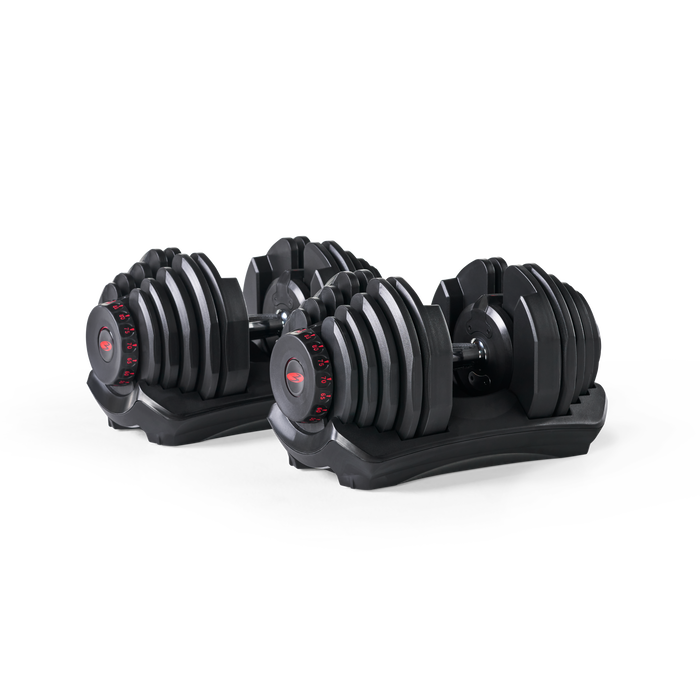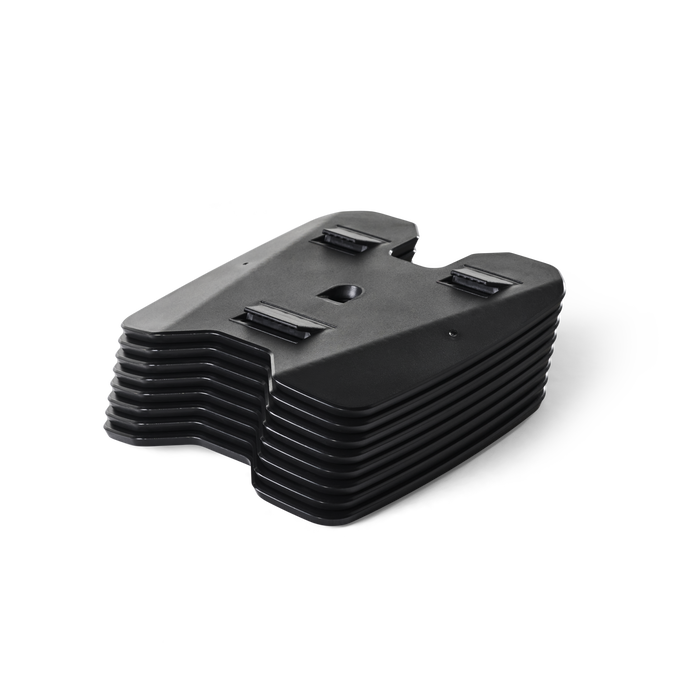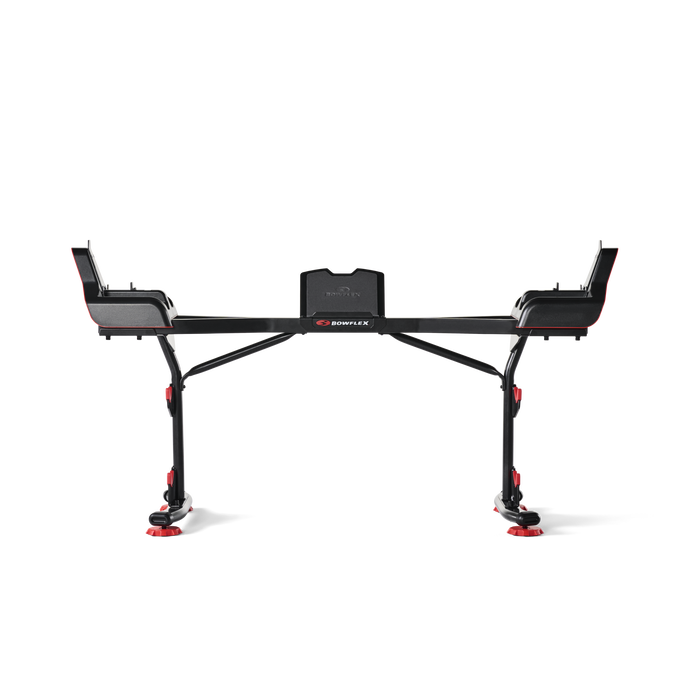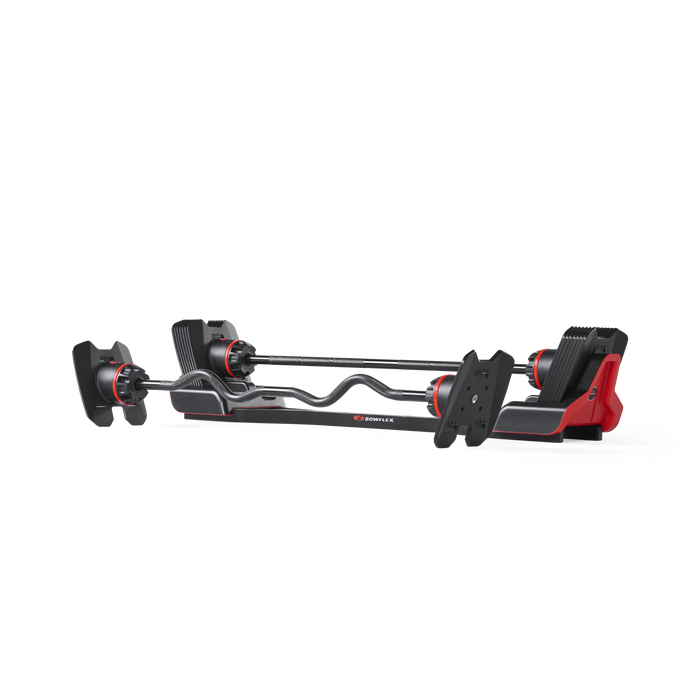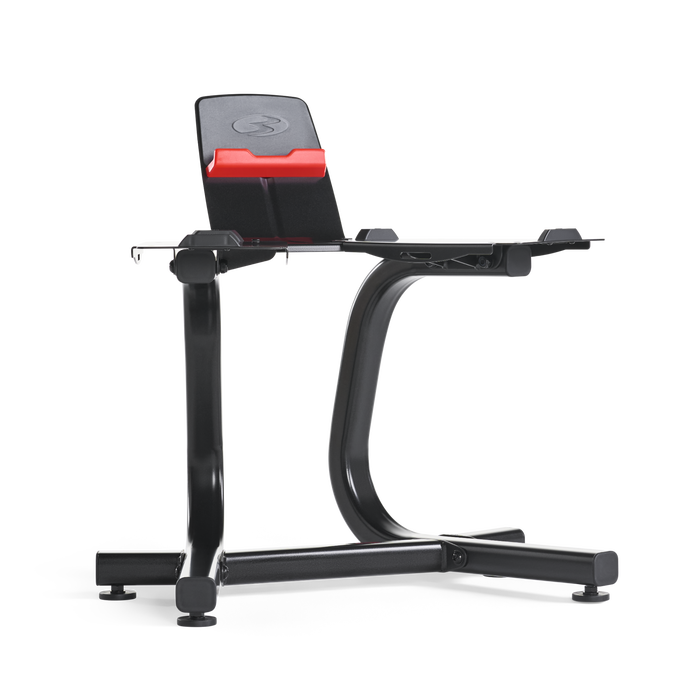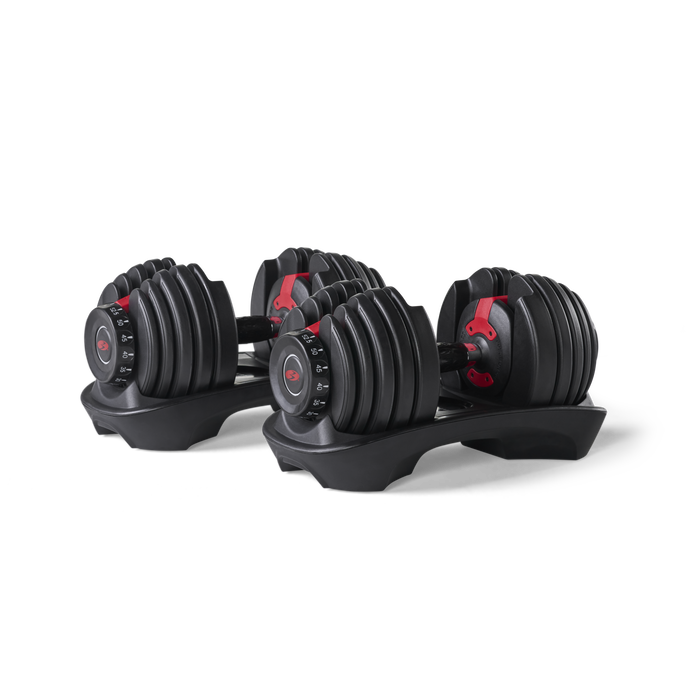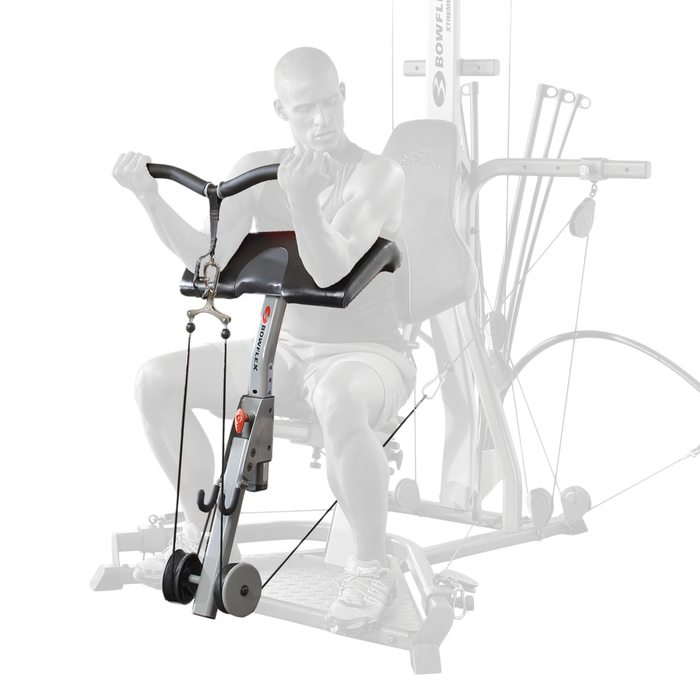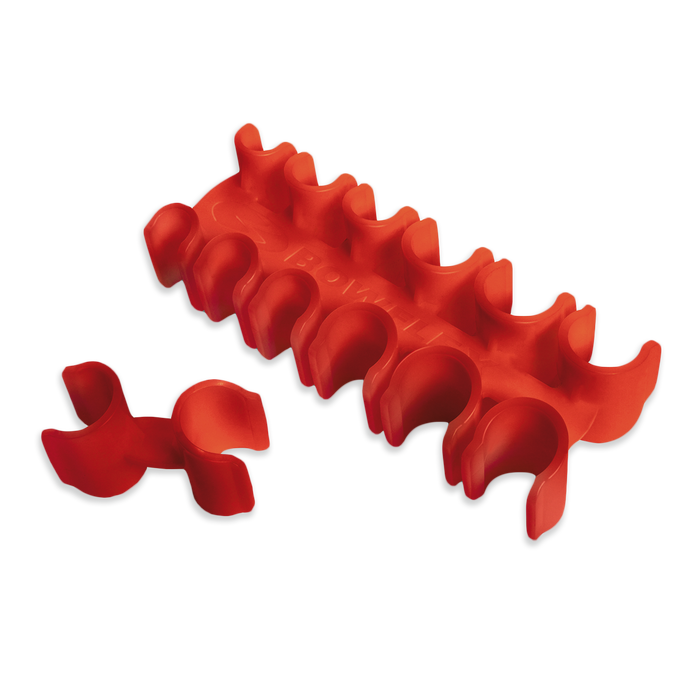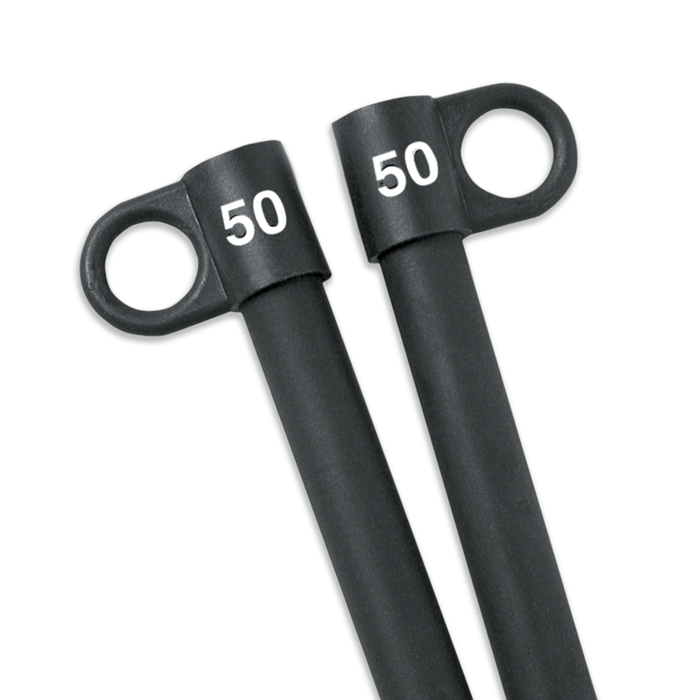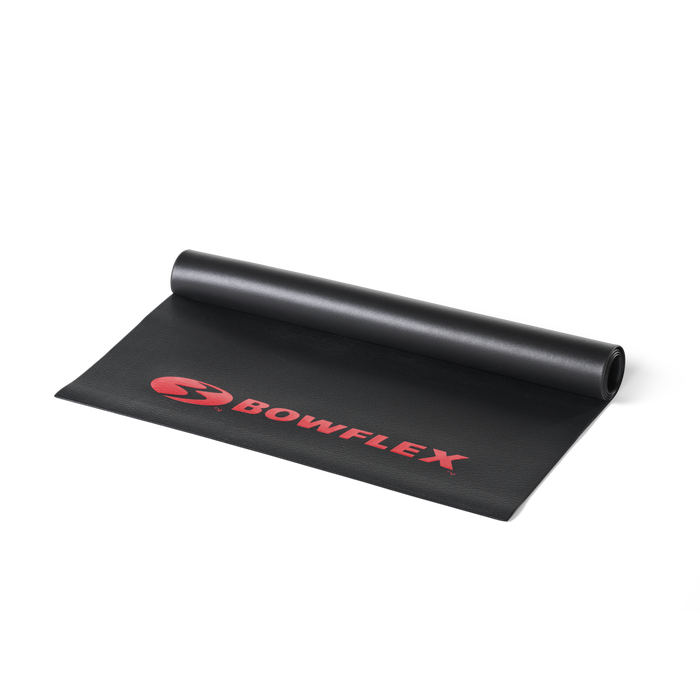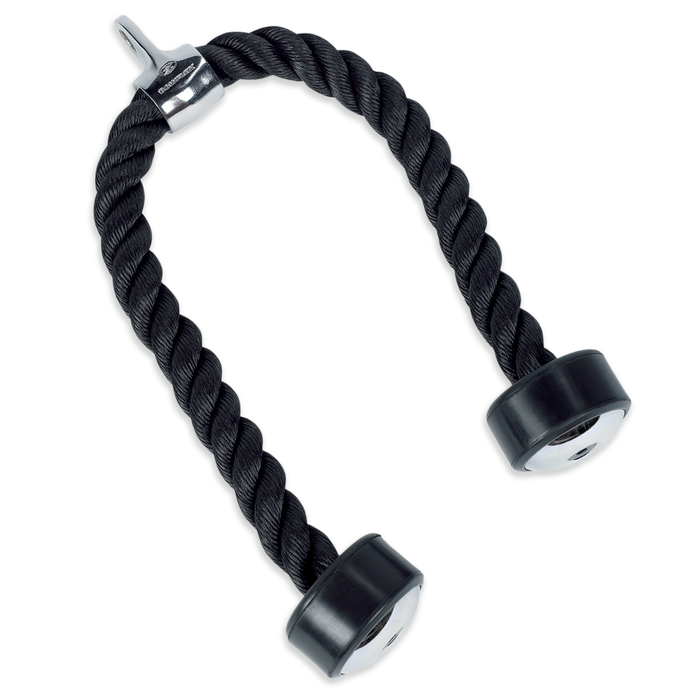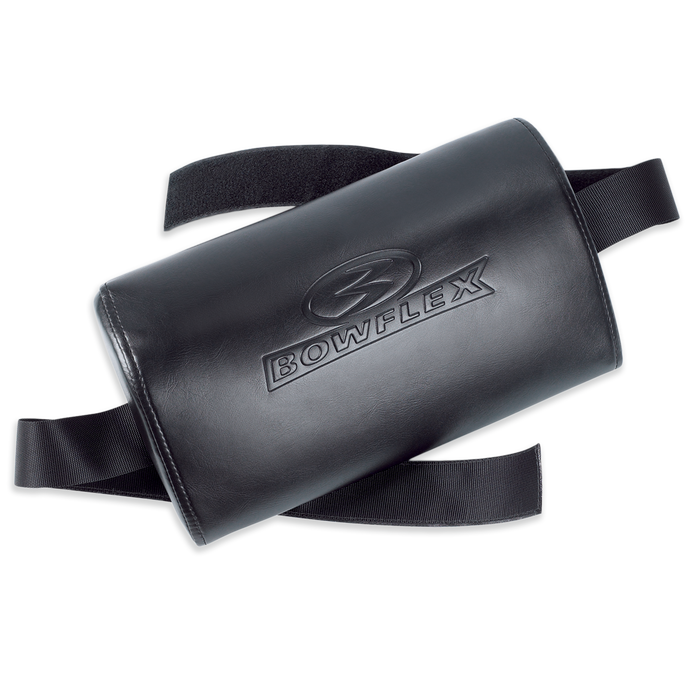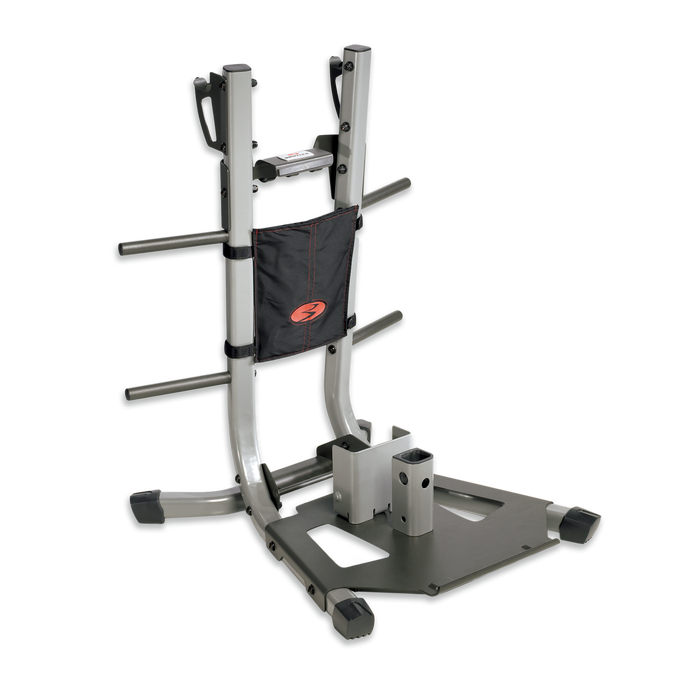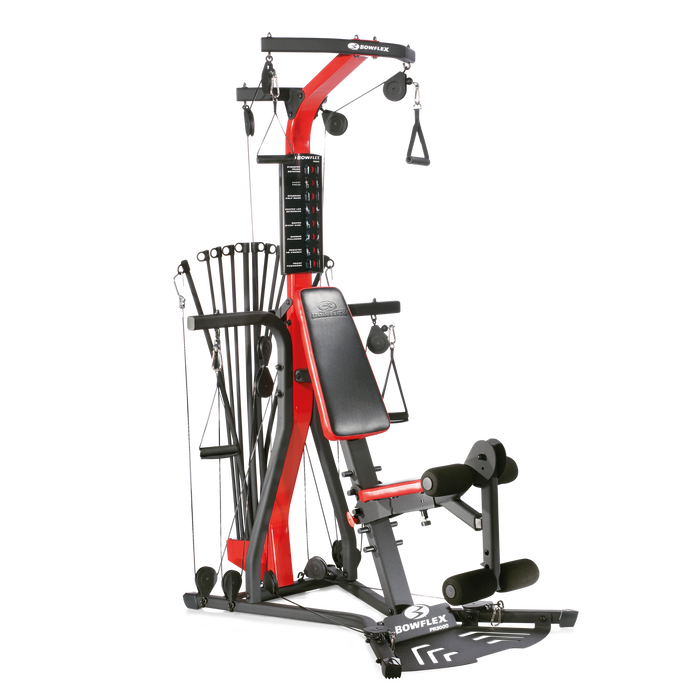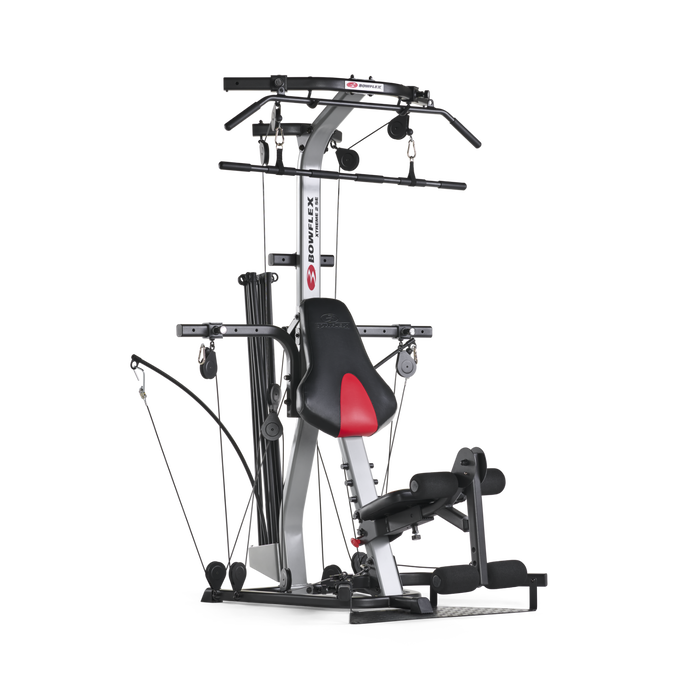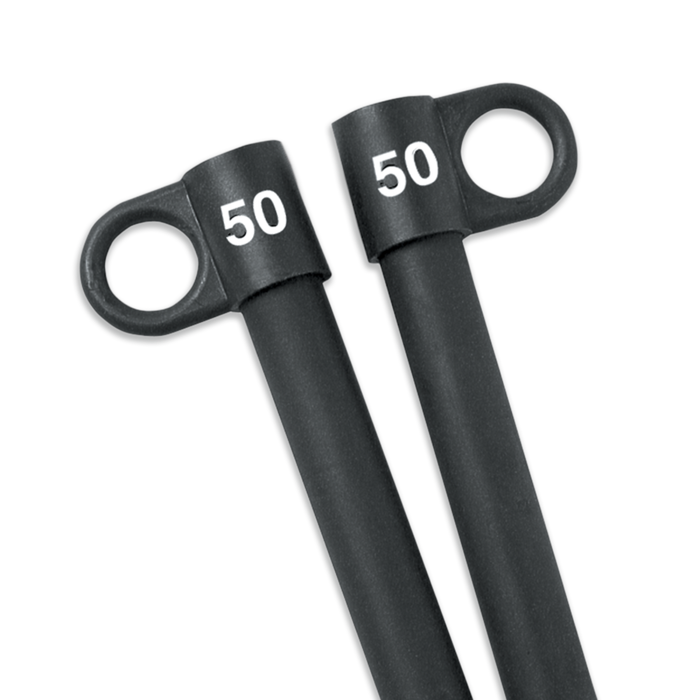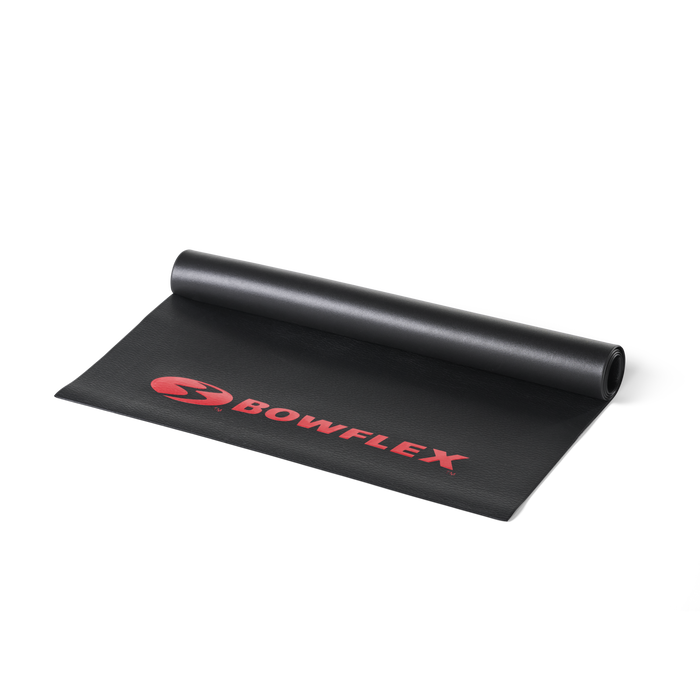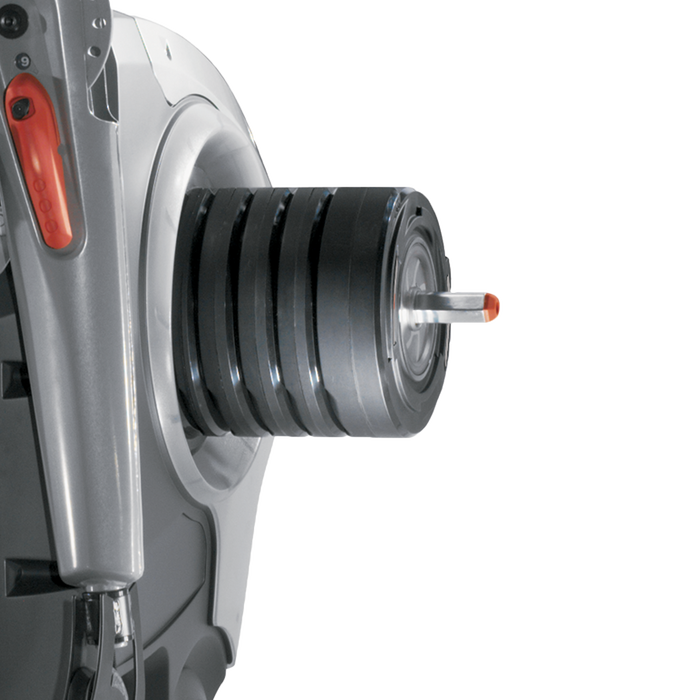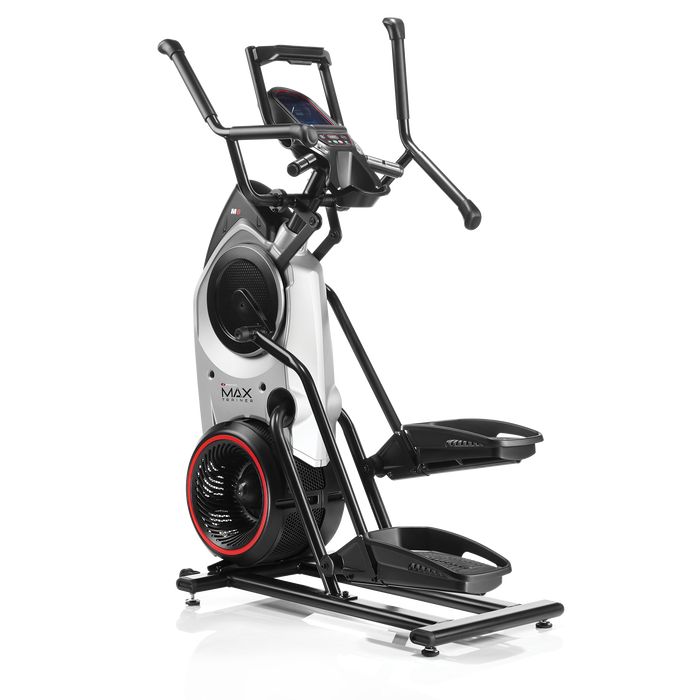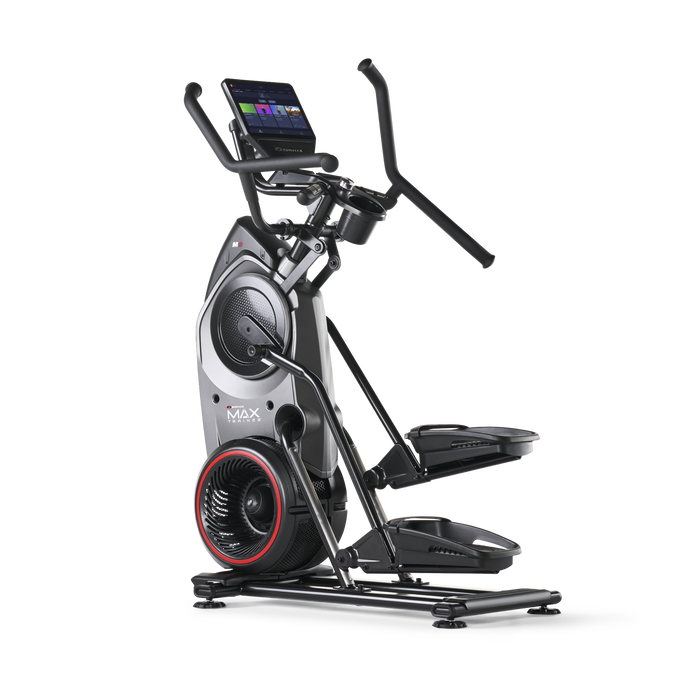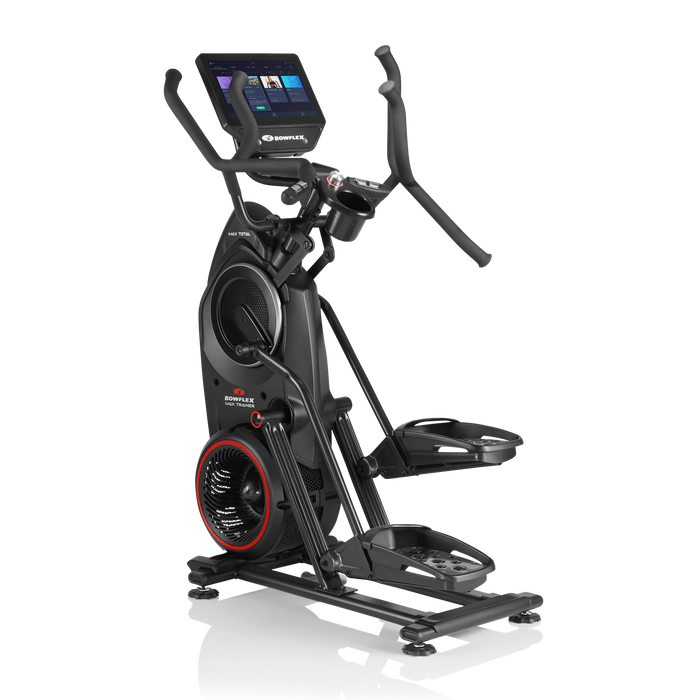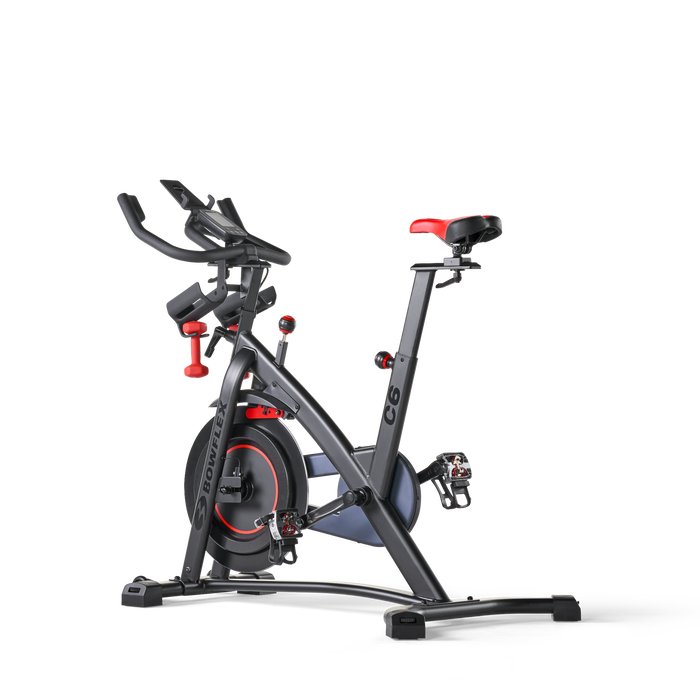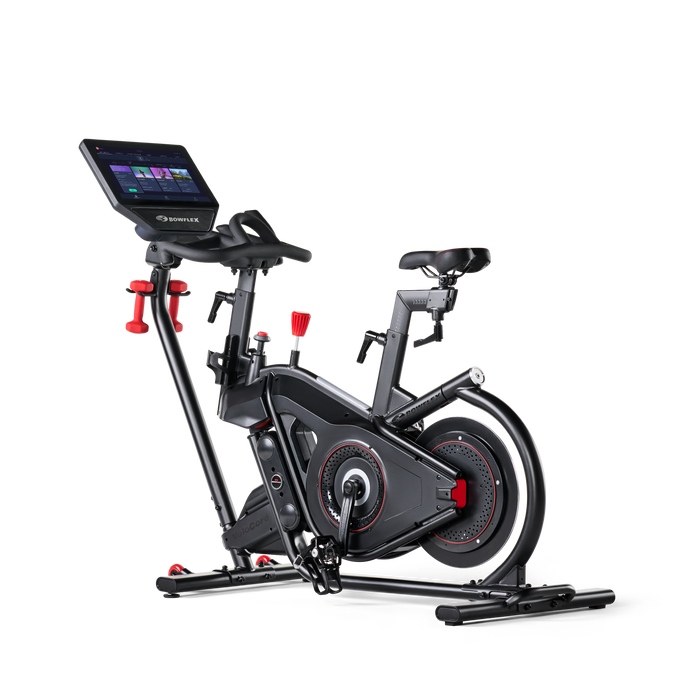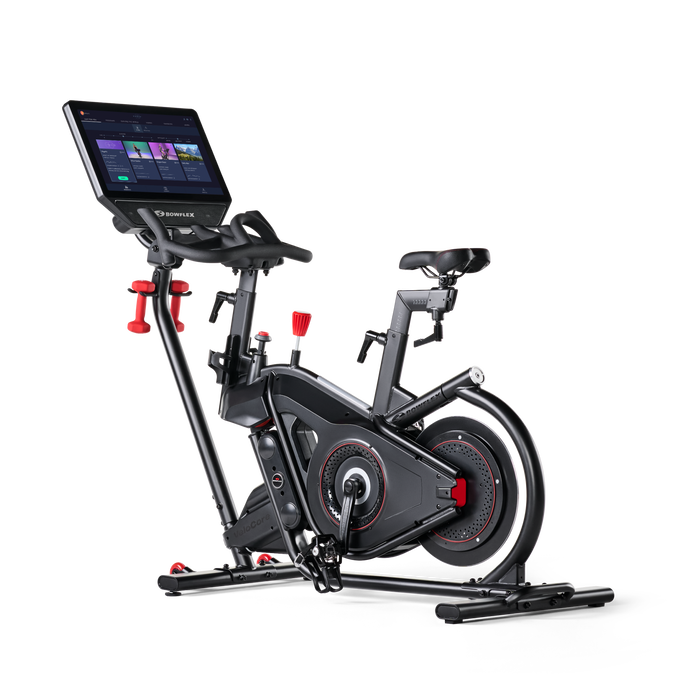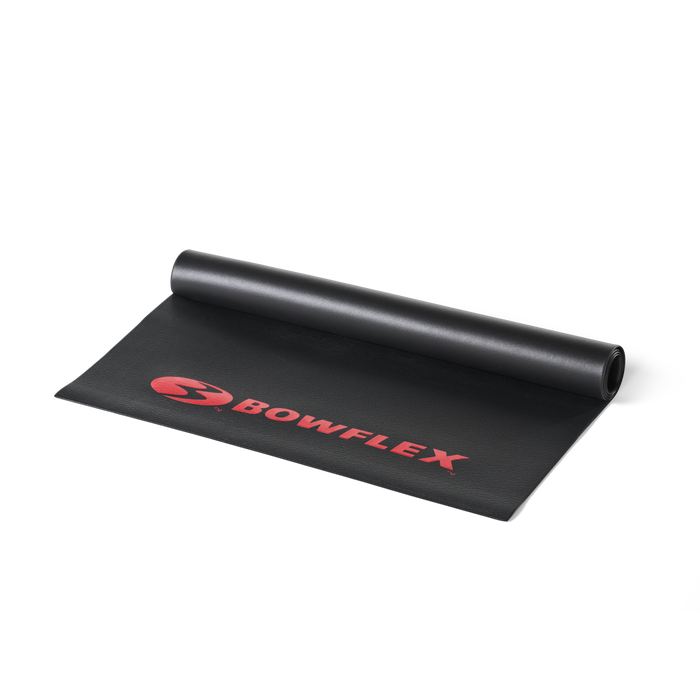Healthy Eating and Living Simplified

It seems like there is always a new study that contradicts a previous study about which foods are "good" and which foods are "bad." Fad diets demonize whole sources of nutrition (think diets that have you avoid carbohydrates or good sources of fat). It doesn't have to be so hard.
Researchers point to the 1980s as the beginning of the obesity epidemic in America and it has increased exponentially ever since. The adult population obesity rates in the 1960s and 70s held at about 15%, then rose starting in the 80s. According to the Center for Disease Control (CDC) in 2017-2018, the US obesity prevalence was 42.4%. What changed? Our diet and exercise habits.
Healthy Eating
Honestly, there are only two simple food rules to follow to keep you feeling good. They are backed by science and aren't fads.
- Eat whole, unprocessed foods. Or as author and journalist Michael Pollan says, "Don’t eat anything your great-grandmother wouldn’t recognize as food." If the list of ingredients includes things your science teacher would have difficulty pronouncing, you might want to skip that. Fresh vegetables should be on every plate. High in nutrients and fiber they keep your digestive track on track. Try eating lean protein like chicken, turkey, lean grass-fed beef, fish, and eggs. Carbohydrates like old-fashioned oats, brown rice, potatoes, quinoa, and sprouted wheat bread are healthy and filling. Fats from nuts, avocado and olive give your food some flavor. Another suggestion from Pollan? Shop the perimeter of the grocery store where the freshest foods get swapped out often and avoid the middle aisles where all the ultra-processed foods live.
- Cut everything to size. Your great-grandma would not understand the term super-size. Generally speaking, one serving of meat should be about the size of a deck of cards, or about 3 ounces. One serving of carbohydrates is about 20 grams, which is 3 ounces of baked potato, a 6" whole wheat tortilla, ½ cup cooked brown rice and ¾ cup cooked oatmeal. A serving of fat could be 1 tsp olive oil, 1 ounce avocado or 6 dry roasted almonds. Proteins, carbs, and fats are great for you when you eat them in proper proportions. When you go overboard, that’s when it becomes problematic.

Healthy Living
The other thing that changed in the 80s is we became more inactive. Computers kept us at our desks and video games kept the kids inside for hours instead of running, biking, and climbing trees with their friends. According to the Mayo Clinic you should aim for 30 minutes of moderate physical activity every day, more if you want to lose weight. The good news is that you can break up that time into two 15-minute workouts and still benefit.
Whether you run on a treadmill or a track, walk on an elliptical or hike a nature trail, ride a bike, take a spin class or pedal on an exercise bike, dance, kick box or play basketball, there are tons of cardiovascular exercises that are fun and don’t require a gym membership. Likewise, you can lift dumbbells, barbells and kettlebells, pull resistance bands, use a home gym or do go to a big box gym and grow your lean muscle mass, which in turns burns more calories.
Staying healthy still boils down to what your great-grandma always knew (but probably said differently): Eat clean and exercise daily.
You may also like:
Abs and Core Workout

